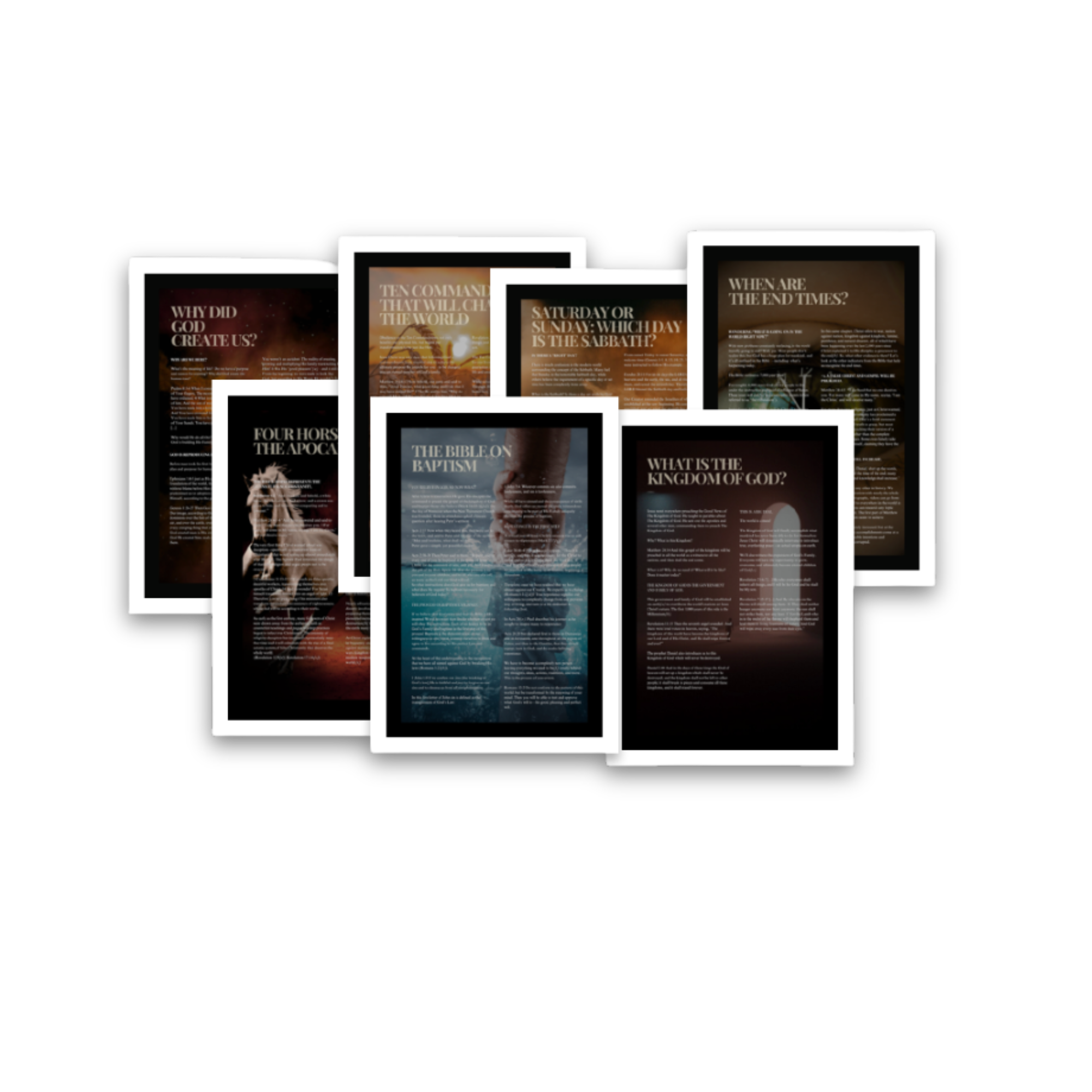read the transcript
Has the Bible changed over time? Like this one right here or the ones that you have lying around somewhere.
Is it actually the same thing the prophets and apostles wrote down thousands of years ago or did it get edited and altered somewhere along the way? This isn’t just a history question because if it’s not the same, why would I trust this at all?
Let’s look at a couple things: first, the Bible wasn’t written in English, the Old Testament almost all Hebrew and a little Aramaic. The New Testament was written in Greek. English translations didn’t even show up until the 1300s more than 1000 years after the New Testament was written. So the real question is: in all of that time, was it copied accurately or did things get lost in translation?
Paul wrote in Romans 3, that God‘s word– the Oracles of God– was entrusted to the Jewish people, and they took that incredibly seriously. Imagine having to hand copy the entire Old Testament without a single typo. The scribes followed exact rules. They didn’t just write the words–they counted them. Every scroll had a word count, and if one single letter was missing or one too many, they didn’t erase it, they got rid of the entire scroll!
From AD 500 to 900, a group called the Masoretes took over copying; their version, the Masoretic Text, became the gold standard. They even added vowel marks to help with pronunciation while keeping the original consonants intact. Around AD 90, Jewish leaders of the Council of Jamnia confirmed which books were officially scripture. The list was exactly the same content we have in the Old Testament today. The only difference is organization. The Jewish Bible counts 22 books and the modern Bible contains 39 simply because books like 1st and 2nd Samuel used to be one scroll. They combined the two as one. They rejected books like the Apocrypha as scripture, which is why most Bibles leave them out today.
Fast-forward to 1947, shepherds in the desert stumble upon a cave full of ancient scrolls, what we now call The Dead Sea Scrolls. They were over 1000 years older than the oldest Hebrew manuscripts that we previously had. Scholars assumed that if one text had changed or that if the text had changed over centuries, this is exactly where we would see it. But after years of study, they found only tiny differences like a missing phrase here or an extra word there–no doctrine change, no big edits, and it proved the Old Testament had been copied with stunning accuracy for millennia.
As we consider the authenticity of the Bible, keep in mind that no original manuscript, called autographs, have survived for any ancient work. I mean none. So scholars compare thousands of copies to get as close as possible to the original. For the Old Testament, the variations are incredibly small thanks to those very strict copying rules.
The New Testament blows out of the water other ancient works. We have nearly 5,700 handwritten Greek manuscripts, plus 9,000 more in other languages. Compare that to Homer’s Iliad which has 643–not even close! Also the time gap between the original and earliest copies for most ancient works is 500 to 1,000 years. For the New Testament, it's about 25 years, and the early church leaders quoted it so much that you could reconstruct almost the whole New Testament from their writings alone.
Even if every manuscript disappeared, when it comes to the Bible, no other ancient book in history comes close to this level of preservation. So when you open it, you can be sure that you are reading the same inspired words that were written thousands of years ago. Yes, translations can read a little differently. No language translates perfectly, but that’s why it helps to compare multiple versions. The bottom line is that God promised to preserve His Word, and history says He’s done exactly that . So the real question isn’t has the bible been changed. The question is: Are you going to read it and allow it to change your life?
Sign up for more
Sign up for newsletters, new articles, and more.







